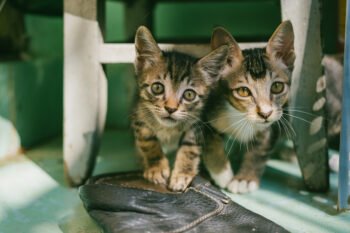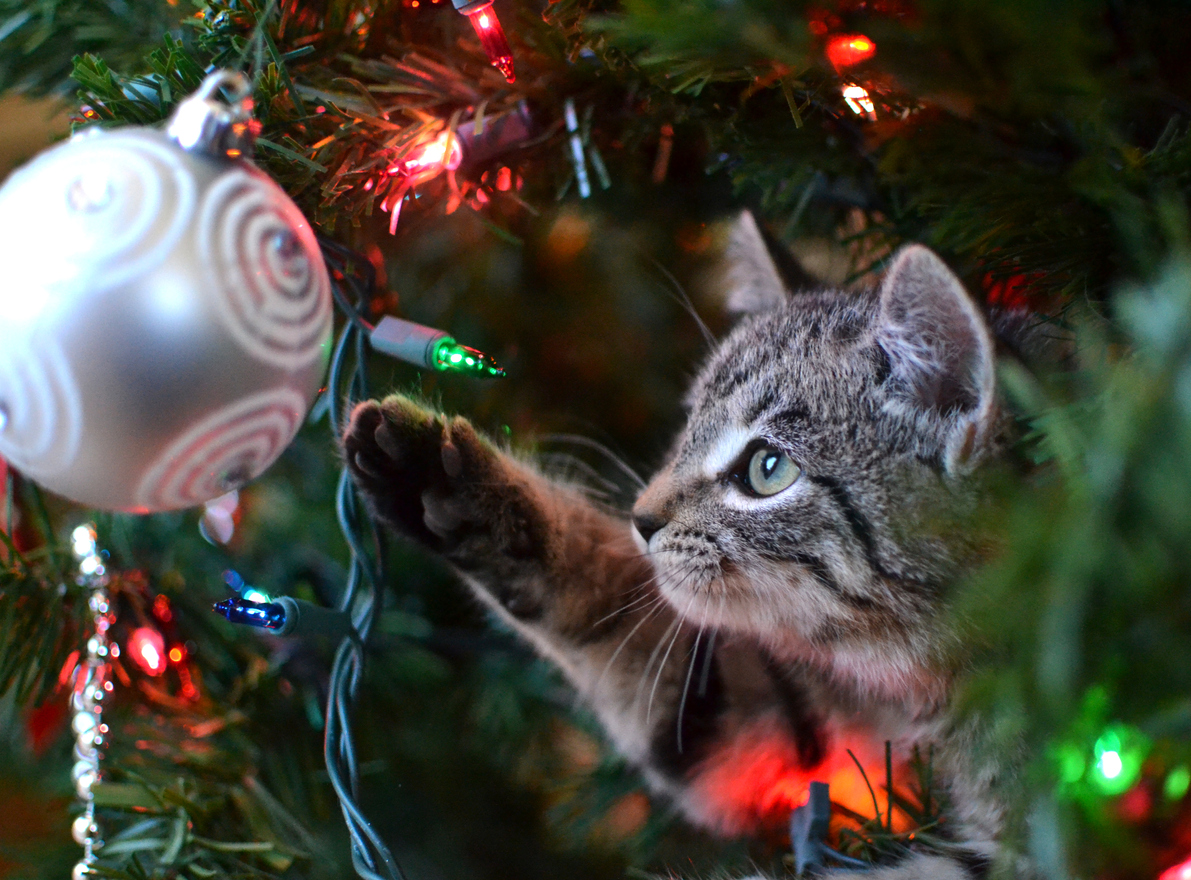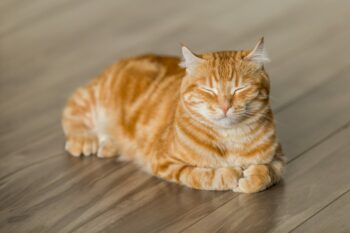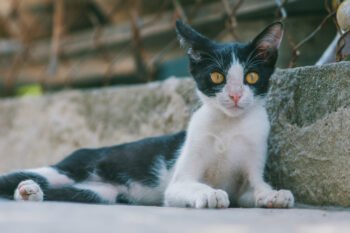All mammals are affected by changes in the environment. For example, have you ever felt sleepy during rainy days? The lower light levels tend to lull us into a more relaxed mood.
Such changes happen minute by minute, day to day, and week to week. Temperature, light levels, colors, odors and everything else that stimulate our senses are often not static. Seasonal changes are therefore more pronounced, so it’s true that your cat’s behavior is likely to change with the seasons.
Dennis Turner, author of The Domestic Cat: The Biology of Its Behaviour, reports that feral cats are particularly active during the spring and summer months. These cats, which have to fend for themselves, are out and about for one-third of the day and three-quarters of the night, only resting at dawn and dusk.
Domesticity, along with spaying and neutering, can affect those behaviors, which are driven, in large part, by hormones. I’ve noticed, however, that even spayed and neutered cats can still have some mating and hunting drives. Both females and males may therefore be a bit more active during the spring and summer.
Warm spring or summer days, however, can counter hormonally induced mating-related activity. On a hot day, you are likely to find your cat sleeping on a cool, comfy spot, and for good reason. In the wild, remaining active in such weather could deplete valuable water intake and lead to overheating.
We all have internal body clocks that help us adjust to gradual changes, along with the more major ones that we associate with different seasons. Consider keeping a cat diary noting your pet’s activity levels at certain times, and what your cat is doing. You will probably start to see predictable patterns over time.







